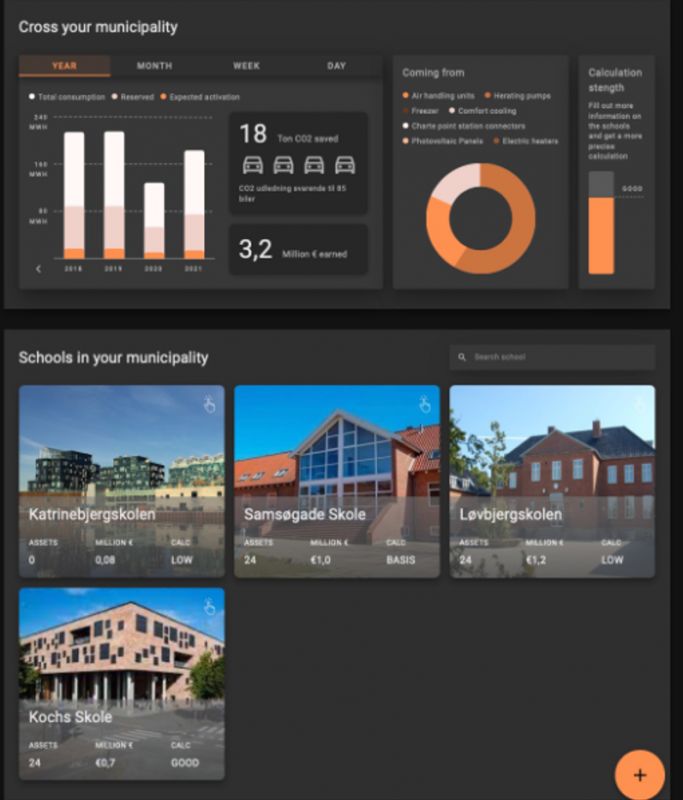IBM Denmark’s Flex Planner provides school buildings more energy flexibility
2 February 2022
IBM Denmark is addressing the energy flexibility market. It is participating in AI4Cities’ Phase 2 with its Flex Planner Tool, aiming to dramatically reduce the time to assess, plan and promote investments for energy flexibility and efficiency in school buildings. In doing so, it allows schools to better understand how able they are to provide energy flexibility, as expressed by the Smart Readiness Indicator, an EU indicator for building owners to rate a building’s capacity to accomodate smart-ready services.
IBM Denmark sees an increased need for energy flexibility, due to the shift to renewable energy. Renewable energy production can fluctuate based on, for example, the amount of wind or sun there is. Traditionally, reserve power plants have been fueled up in moments when there was not enough energy, but they are costly and produce a lot of GHG emissions. Asking consumers to provision and activate their flexibility is a more affordable alternative and supports the green transition.
Currently, energy flexibility assessments take a lot of time, are costly and involve a lot of stakeholders. The Flex Planner speeds up and simplifies this process. Based on data input, an AI model forecasts the potential consumption flexibility, as well as how much emissions and costs can be saved because of that.
The current focus of the Flex Planner is on schools, aiming to enable them to simulate and forecast their flexible energy consumption across their facilities and assets. In addition, the tool also allows schools to understand what will happen to their energy flexibility if they add new assets, such as ventilation and HVAC, giving them a better overview of their full potential for flexible consumption.
Image (IBM Denmark)
All news
